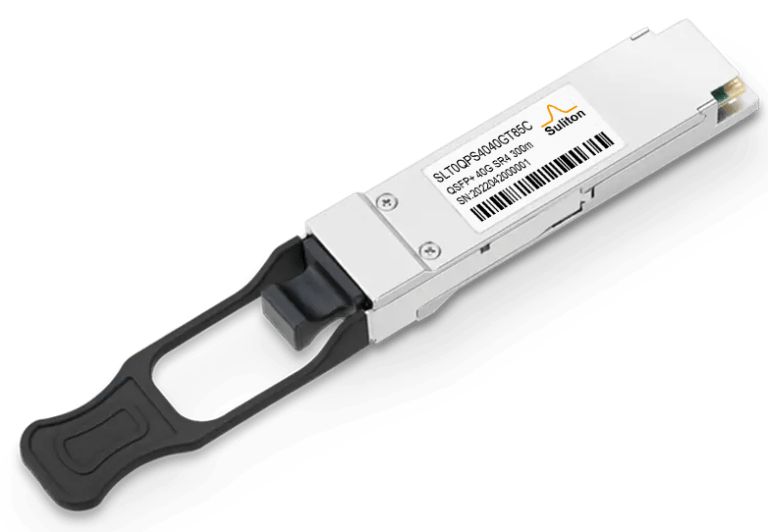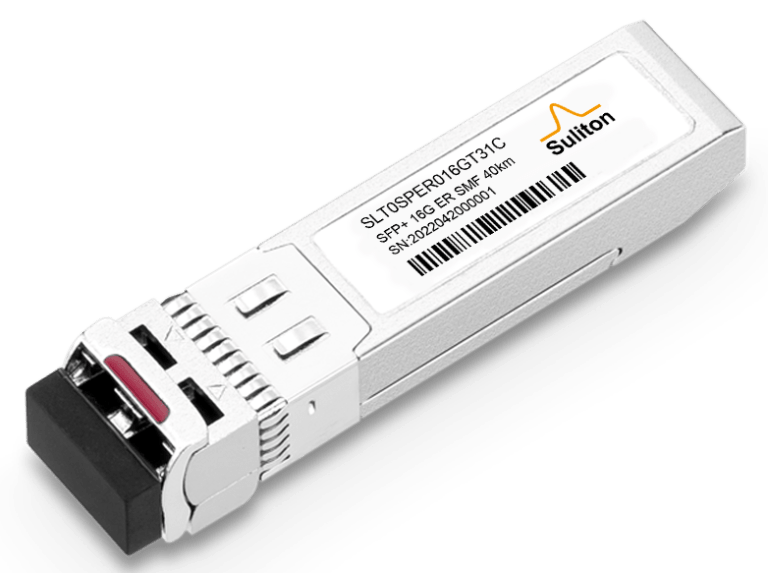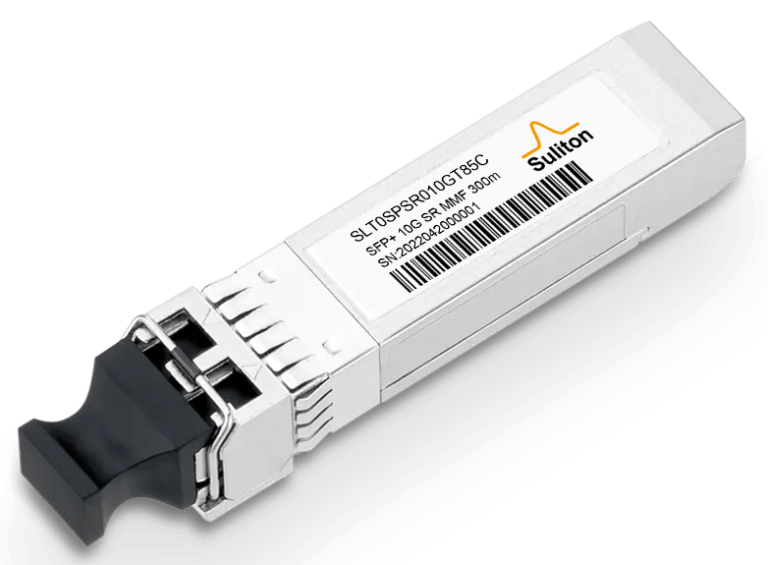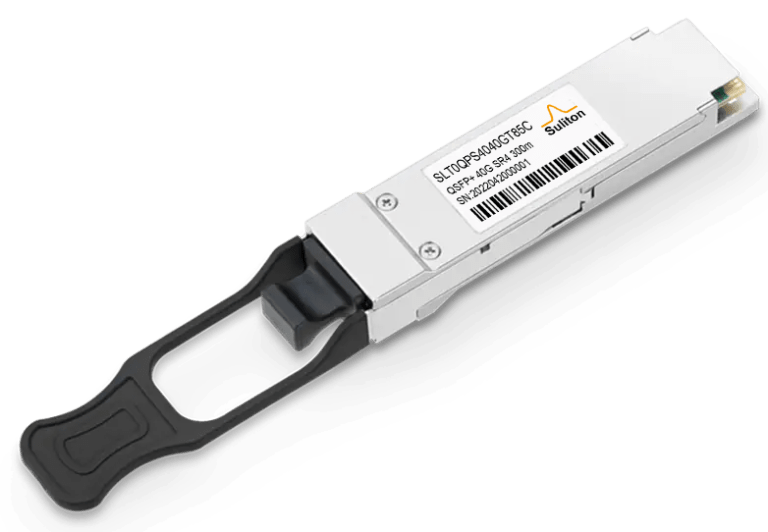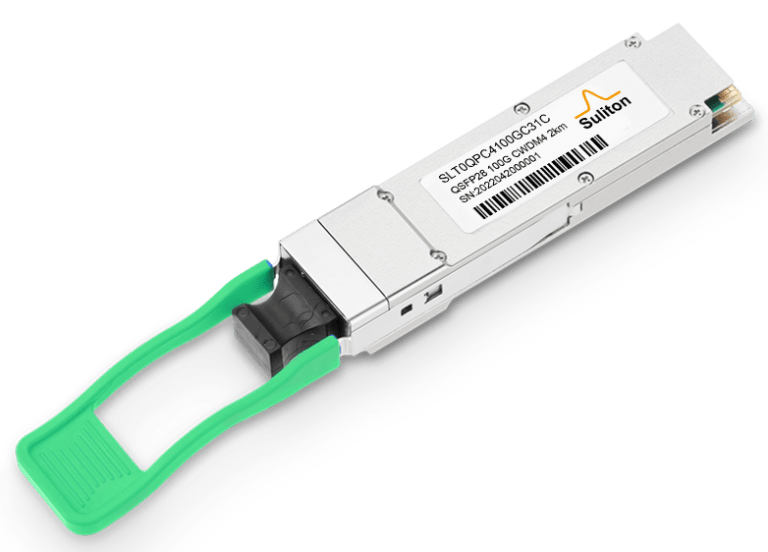Bidirectional (BiDi) WDM Transceivers
In today’s digital age, the data traffic is experiencing explosive growth, and the demand for efficient and high – speed optical communication networks is becoming increasingly urgent. As a key support for information transmission, optical communication technology is constantly innovating. Among them, Bidirectional (BiDi) transceivers with their unique advantages, play a crucial role in optimizing the optical communication network architecture and reducing costs. A deep understanding of BiDi WDM transceivers is of great significance for grasping the development trend of modern optical communication.
How Does BiDi Module Work?
Bidirectional (BiDi) transceivers are designed to enable two – way communication over a single optical fiber. They operate based on the principle of wavelength division multiplexing. In a BiDi module, different wavelengths are used for transmitting and receiving data. For instance, one wavelength, say 1310 nm, might be used for transmitting data from the local device to a remote end, while another wavelength, like 1550 nm, is used for receiving data from the remote device back to the local one.
The module contains a pair of optical filters and lasers/photodetectors. The transmitter laser emits light at a specific wavelength, which passes through an optical filter to ensure only the correct wavelength is sent out over the fiber. At the receiving end, the optical filter selects the incoming wavelength intended for reception, and the photodetector converts the optical signal back into an electrical signal.

Figure 1: The Working Principle of BiDi Module
How Many BiDi Module Types?
In fact, BiDi supports all types of optical module packages.
Based on Speed:
1Gbps SFP BiDi Transceivers: These are suitable for applications where relatively lower data rates are sufficient. In small – scale office networks or home – based enterprise setups, 1Gbps SFP BiDi transceivers can meet the basic requirements for data transfer, such as sharing files, accessing the internet, and handling day – to – day office applications. They are cost – effective and easy to integrate into existing network infrastructure.
10Gbps SFP+ BiDi Transceivers: As the demand for higher – speed data transfer within local area networks (LANs) grew, 10Gbps SFP+ BiDi transceivers became popular. They are commonly used in data centers for server – to – server communication, where rapid data access and transfer are crucial. In high – performance computing environments, 10Gbps SFP+ BiDi transceivers can ensure smooth data flow between different computational nodes.
40Gbps and 100Gbps QSFP BiDi Transceivers: With the advent of big data analytics, cloud computing, and high – definition video streaming, the need for even faster data rates emerged. 40Gbps and 100Gbps QSFP BiDi transceivers are deployed in large – scale data center interconnects and high – capacity metropolitan area networks. They can handle the massive amounts of data generated by these applications, enabling seamless operation of resource – intensive services.
Based on Transmission Rate and Reach:
Short – Reach BiDi Transceivers: Designed for applications within a limited geographical area, usually up to a few kilometers. In a building – level network, short – reach BiDi transceivers can connect different floors or departments. They are optimized for cost – effectiveness and simplicity, with less complex optical components required for the shorter transmission distances.
Long – Reach BiDi Transceivers: Capable of transmitting data over much longer distances, often tens of kilometers or more. These are essential for wide area networks (WANs) and long – distance fiber – optic links. For example, in connecting two data centers located in different cities, long – reach BiDi transceivers can maintain reliable data communication without significant signal degradation.
Based on Wavelength Combinations:
Common Wavelength Pairs:
Besides the typical 1310 nm / 1550 nm wavelength pair used in many BiDi transceivers, there are other combinations. For instance, some transceivers use 850 nm / 1310 nm wavelength pairs, which are more suitable for multi – mode fiber applications over shorter distances. These wavelength combinations are carefully selected based on the characteristics of the fiber, the desired transmission distance, and the available optical components.
Custom Wavelength Solutions:
In some specialized applications, custom wavelength combinations are employed. For example, in certain industrial or military applications where specific wavelengths are required to avoid interference with other optical systems, BiDi transceivers can be engineered to operate at these unique wavelengths. This allows for greater flexibility in tailoring the optical communication system to the specific needs of the application.
In conclusion, the diverse range of BiDi transceiver types makes them adaptable to a wide variety of network requirements, from small – scale local networks to large – scale, high – speed global communication infrastructure.
Why BiDi Module?
BiDi modules offer several advantages. Firstly, they significantly reduce the cost of fiber deployment. By enabling two – way communication over a single fiber, the need for laying a second fiber for the return path is eliminated. This is especially beneficial in scenarios where fiber installation is difficult or costly, such as in urban areas with limited duct space or in long – distance submarine cable installations.
Secondly, BiDi modules simplify the optical network infrastructure. Fewer fibers mean less complex cabling, which reduces the chances of cabling errors and makes network maintenance easier. Additionally, they can increase the port density of network devices, as each port can now handle both transmit and receive functions over a single fiber connection.
Where BiDi Modules Are Used?
BiDi modules find applications in various areas. In data centers, they are used to connect servers, storage devices, and network switches. Their ability to reduce fiber usage helps in optimizing the data center’s physical layout and reducing costs associated with cabling.
In access networks, such as FTTx deployments, BiDi modules are crucial. They enable service providers to deliver high – speed broadband services to customers using a single fiber, which is more cost – effective than using two fibers for upstream and downstream traffic.
They are also used in metropolitan area networks (MANs) and wide area networks (WANs) for connecting different network nodes, especially in cases where adding more fibers is not feasible due to cost or physical limitations.
Conclusion
BiDi transceivers are an essential component in modern optical communication networks. Their ability to operate over a single fiber, different types to suit various applications, numerous advantages in terms of cost and infrastructure simplification, and wide range of applications make them a key technology for enabling efficient and cost – effective data transmission. As the demand for high – speed, reliable optical communication continues to grow, BiDi modules will undoubtedly play an even more significant role in future network deployments.
FAQ
What is the difference between SFP and BiDi sfp?
- SFP is a general – purpose optical transceiver form factor. It comes in various types, including single – mode and multi – mode versions, and can support different data rates. SFPs can be used in both simplex (one – way) and duplex (two – way, using two fibers) fiber connections. They are designed to be hot – swappable, making it easy to install and replace in network equipment.
- BiDi SFP is a specific type of SFP transceiver. The key difference is that BiDi SFP enables two – way communication over a single fiber. It uses WDM technology, as described in the article, to separate the transmit and receive wavelengths. In contrast, a non – BiDi SFP in a duplex configuration would use two separate fibers for transmitting and receiving. So, while SFP is a broader category, BiDi SFP has the unique ability to operate bidirectionally on a single fiber, which can save on fiber resources.
What is the difference between BiDi and duplex fiber?
- BiDi refers to the technology that allows for two – way communication over a single optical fiber. As explained in the article, it uses different wavelengths for transmitting and receiving data on the same fiber. This reduces the need for a second fiber for the return path.
- Duplex fiber consists of two optical fibers within a single cable. One fiber is dedicated to transmitting data, and the other is for receiving data. Duplex fiber is a more traditional approach for two – way communication. The main difference is the number of fibers used. BiDi technology enables two – way communication with half the number of fibers compared to a duplex fiber setup. BiDi is more cost – effective in terms of fiber deployment, especially in situations where fiber installation is difficult or expensive, while duplex fiber provides a more straightforward, but potentially more resource – intensive, solution for two – way communication.
What is the difference between BiDi and non BiDi?
- BiDi transceivers, as detailed in the article, are designed to transmit and receive data over a single fiber by using different wavelengths for each direction. They are optimized for scenarios where fiber resources are limited or where reducing fiber – related costs is a priority.
- Non – BiDi transceivers can be either simplex (only transmit or only receive on a single fiber) or duplex (transmit on one fiber and receive on another). Non – BiDi duplex transceivers require two fibers for two – way communication. In contrast to BiDi, non – BiDi transceivers do not use wavelength division multiplexing to achieve bidirectional communication on a single fiber. They are often simpler in design in some cases (especially non – WDM – based non – BiDi transceivers), but they consume more fiber resources for two – way communication.
Can multimode fiber be bidirectional?
- Yes, multimode fiber can be bidirectional. BiDi technology can be applied to multimode fiber just as it can be to single – mode fiber. Multimode fiber is capable of carrying multiple light modes simultaneously. BiDi transceivers for multimode fiber use different wavelengths for transmitting and receiving data over the same multimode fiber. This allows for two – way communication within the multimode fiber infrastructure. For example, in a local area network (LAN) where multimode fiber is commonly used for short – distance, high – bandwidth connections, BiDi transceivers can be employed to enable bidirectional data transfer over a single multimode fiber strand, reducing the amount of fiber required for the network setup.


